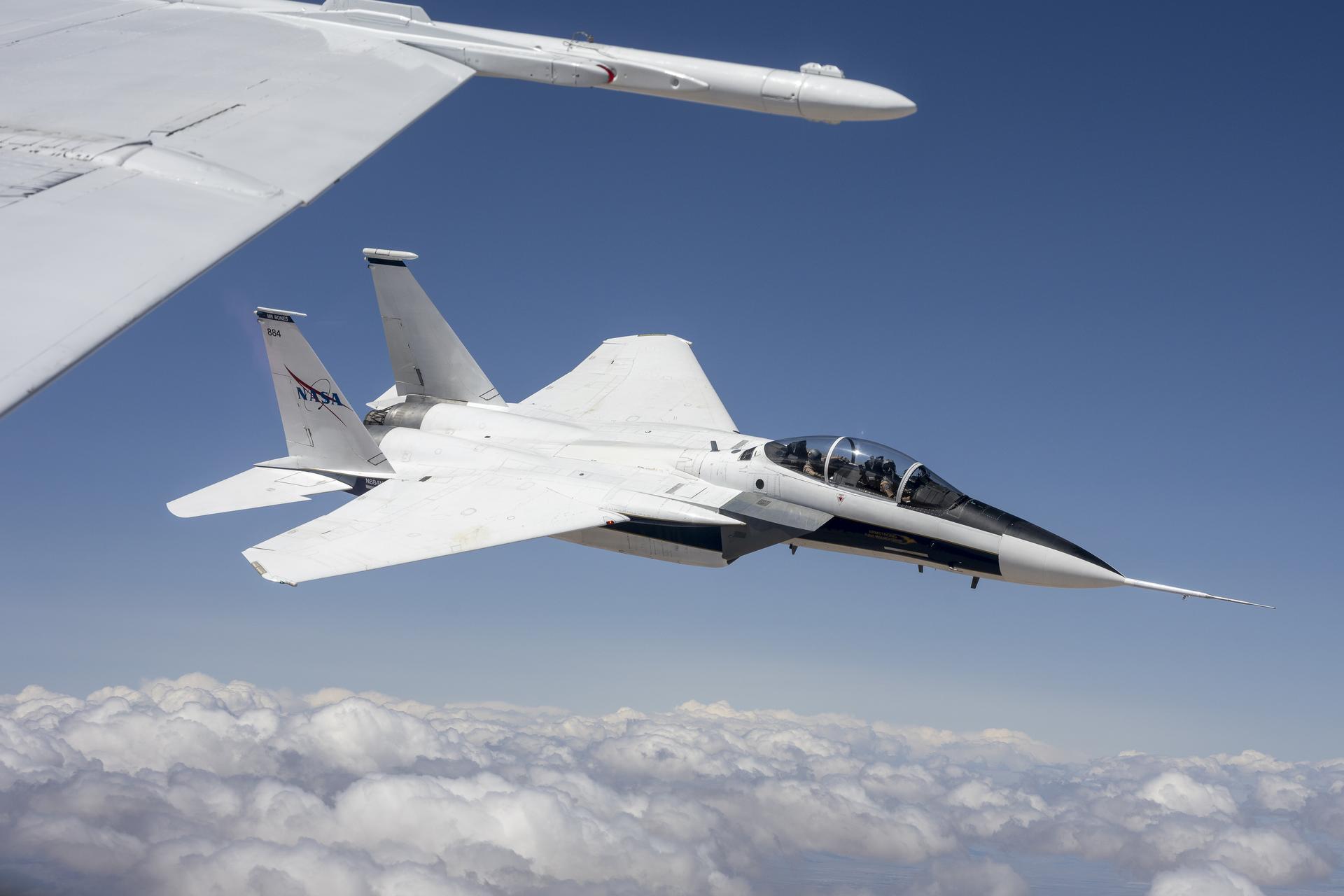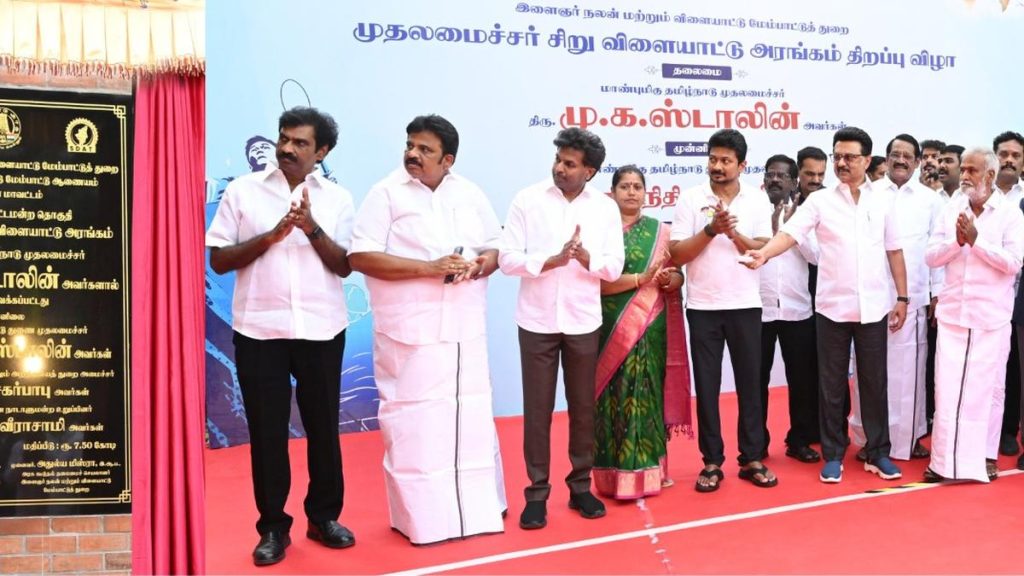Now Reading: NASA Tests F-15s for Quesst Mission Tools
-
01
NASA Tests F-15s for Quesst Mission Tools
NASA Tests F-15s for Quesst Mission Tools

Rapid Summary
- Two NASA F-15 research jets conducted test flights in May over the Mojave Desert, validating tools to measure shock waves from NASA’s X-59 quiet supersonic experimental aircraft.
- The X-59 is part of NASA’s quesst mission aimed at enabling quiet commercial supersonic flights over land, with it’s unique design expected to generate a mild “thump” compared to typical sonic booms.
- Tools validated during flights include:
– A near-field shock-sensing probe for measuring pressure changes caused by shock waves.
– An Airborne Location Integrating Geospatial Navigation System (ALIGNS) for precise aircraft positioning during tests.
– An Airborne Schlieren Photography System that captures air density changes via high-speed imaging using the sun as a backdrop.
- Both F-15s utilized specialized systems to execute “dual ship” test flights, analyzing real-world airflow data and confirming their functionality under flight conditions.
- Precise alignment of aircraft was assisted by ALIGNS software, which uses GPS data for positioning guidance during testing.
Indian Opinion Analysis
NASA’s validation efforts for the X-59 experimental aircraft hold considerable significance in aerospace innovation. The development of quieter supersonic flight technology addresses long-standing concerns about noise pollution from sonic booms, which has hindered the adoption of commercial supersonic travel over populated areas. If successful, this technological breakthrough could reshape global aviation by reducing travel times without causing environmental disturbances.
For India-a nation aiming to strengthen its space and aeronautical capabilities-advancements like these highlight opportunities for collaboration and learning. By aligning with organizations such as NASA or fostering domestic development in similar technologies, India could further solidify its presence in future-forward industries. While immediate implications may not directly affect Indian operations or policies, staying informed about such innovations is vital as they could impact regulatory frameworks on international airspace usage eventually.




























